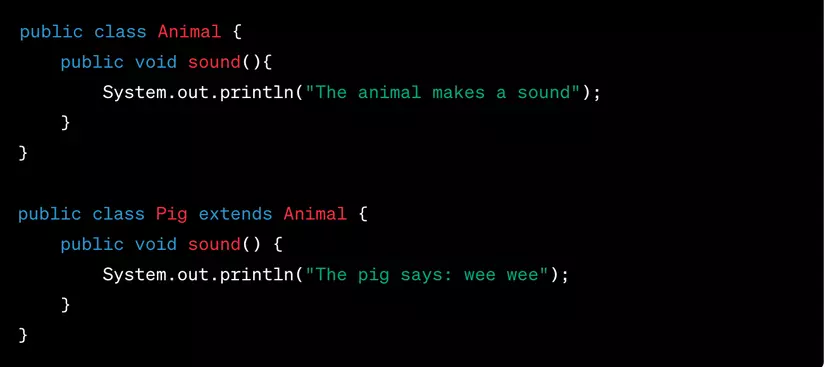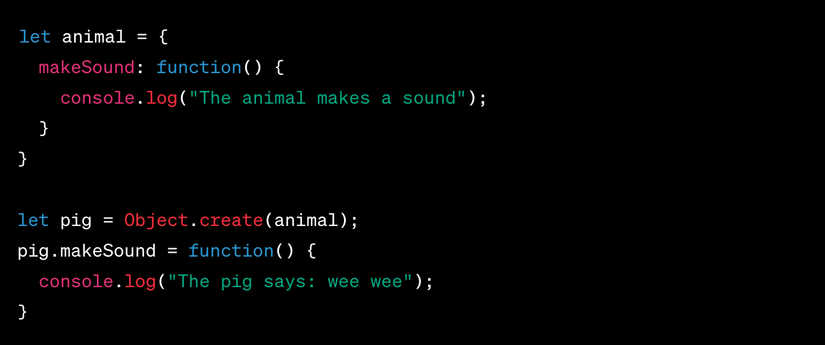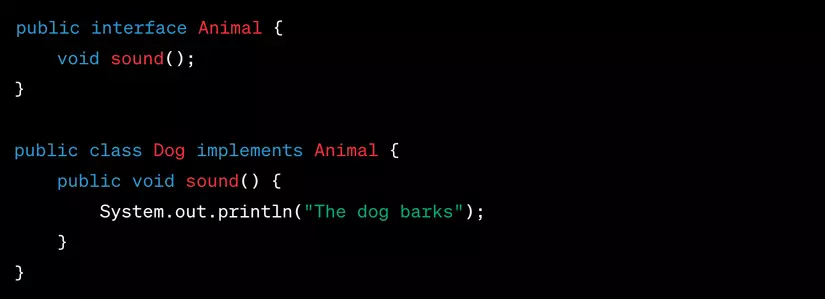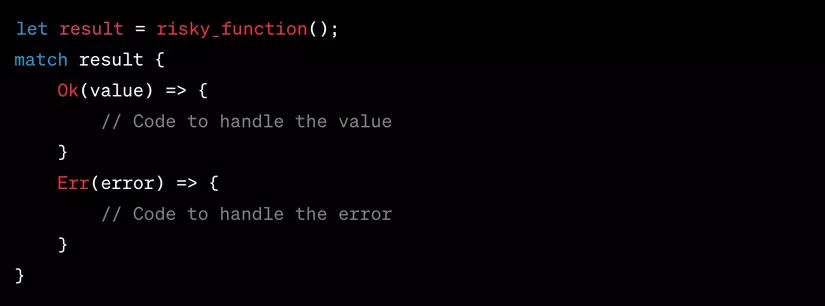We will explore and compare Java with JavaScript, Kotlin, Scala, Swift, Golang and Rust.
Java vs JavaScript
Although the name sounds similar, Java and JavaScript are two completely different languages. Java is a powerful, object-oriented programming language for building large web and distributed applications. Meanwhile, JavaScript was mainly used to add interactivity to web pages, and has now been extended to server and mobile applications.
Example illustrating the difference between Java and JavaScript:
Syntax:
Java:

JavaScript:

As you can see, Java requires very strict syntax, requiring class definition and main method. Meanwhile, JavaScript is very flexible and less cumbersome.
Object Oriented:
Java uses object-oriented programming through inheritance and interfaces.

Meanwhile, JavaScript uses object-oriented programming based on prototypes, not using class-based inheritance like Java.

Error handling:
Java uses try-catch-finally to handle exceptions.

JavaScript also uses try-catch-finally, but it adds throw syntax to generate an error.

In short, despite being the same programming language, Java and JavaScript have distinct differences in syntax, object orientation, and error handling.
Java vs Kotlin
Kotlin was designed by JetBrains, the company behind IntelliJ, a popular IDE for Java. Kotlin is compatible with Java and has become Google’s preferred language for Android development. Kotlin is less cumbersome than Java, supports functional programming, and is null-safe, which helps reduce NullPointerExceptions – a common source of errors in Java.
Example illustrating the difference between Java and Kotlin:
Null safety:
Java does not have a safe null check, which results in NullPointerExceptions errors.

Meanwhile, Kotlin provides null safety, which means you can’t refer to a null object without a null check beforehand.

Syntax:
Java requires the use of cumbersome and exhaustive declarations.

Meanwhile, Kotlin has a more concise syntax.

Extension Functions:
In Java, if you want to add a method to a class that cannot be edited (like classes in the standard library), you usually have to create a new class that inherits from that class.

Kotlin introduces the concept of extension functions, allowing you to add methods to your class without extending them.

As such, Kotlin brings many conveniences and features that Java does not have, making programming easier and more convenient.
Java vs Scala
Scala is a language that supports both object-oriented and functional programming. It is compatible with Java, but provides many features that Java does not, such as type inference, pattern matching, and better tool support for multithreaded programming. However, Scala has a higher learning curve than Java.
Example illustrating the difference between Java and Scala:
Syntax:
Java:

Scala:

Scala’s syntax is more concise and concise than Java’s, no need to define a separate “main” method.
Functional programming:
Java has support for functional programming from Java 8 onwards, but the syntax is not very concise:

Meanwhile, Scala is designed to support functional programming from the ground up:

Data Type and Type Inference:
Java requires you to be explicit about the data type when declaring variables:

Meanwhile, Scala has data type inference capabilities, making the syntax more concise:

The above example shows that Scala offers many conveniences and capabilities that Java does not have, from concise syntax, functional programming, to data type inference.
Java vs Swift
Swift is Apple’s primary programming language for iOS and MacOS apps. It is not often compared directly to Java, as the two languages cater to two different platforms (Android vs iOS). Swift focuses on performance and safety, with a more concise and modern syntax than Java.
Example illustrating the difference between Java and Swift:
Syntax:
Java:

Swift:

Swift has a more concise syntax than Java and does not require class and main method declarations.
Null safety:
Java does not have a safe null check, which can lead to NullPointerExceptions.

Whereas Swift provides Optional for null safety, you cannot refer to a null object without checking for null first.

Datatypes:
Java requires you to be explicit about the data type when declaring variables:

Meanwhile, Swift has the ability to infer data types, making the syntax more concise:

As such, Swift offers more features than Java, including a more concise syntax, safe null checking, and data type inference capabilities.
Java vs Golang
Golang (or Go) is Google’s language, optimized for building distributed and multi-threaded systems. Compared to Java, Go is much simpler with a concise syntax and easy to learn. It also strongly supports multithreading through goroutines. However, Go does not support object-oriented programming in the traditional way, but instead uses a different paradigm called “interfaces”.
Example illustrating the difference between Java and Golang (Go):
Syntax:
Java:

Go:

Go’s syntax is more concise than Java’s. In Go, there is no need to declare classes or access modifiers as public.
Datatypes:
Java uses reference and value data types:

Meanwhile, Go only uses the argument data type:

Polymorphism:
Java supports polymorphism through inheritance and interfaces:

Meanwhile, Go does not support polymorphism in the traditional way, but instead uses structures and interfaces:

As such, Go has a more concise syntax, a parameterized data type, and uses structures and interfaces instead of inheritance and interfaces like Java.
Java vs Rust
Rust is Mozilla’s programming language, created with the goal of providing high performance and memory safety. It is suitable for developing high performance systems and applications. Compared to Java, Rust has a more complex syntax and steep learning curve, but offers more control over memory and program performance.
Example illustrating the difference between Java and Rust:
Syntax:
Java:

Rust:

Rust has a more concise syntax than Java. In Rust, there is no need to declare classes or access modifiers as public.
Memory management:
In Java, the JVM automatically manages memory through the garbage collector:

Meanwhile, Rust provides more granular memory control and does not use garbage collector. Instead, Rust uses a unique ownership model to manage memory:

Error handling:
Java uses exceptions to handle errors:

Meanwhile, Rust does not use exceptions. Instead, it uses a result type (Result) for error handling:

As such, Rust provides more granular control over memory management and error handling, while Java provides more convenience and simplicity in syntax and automatic memory management.
To sum up, Java is a powerful programming language, suitable for building large and complex applications. However, it also may not be the best choice for some specific situations. Kotlin and Scala provide utilities and features that Java does not, while Swift, Golang, and Rust focus on performance and optimization for specific scenarios. You need to consider the specific goals and requirements of your project to choose the most suitable programming language.
Conclude
Through this article, we have learned the differences and salient features between Java and some other programming languages like JavaScript , Kotlin, Scala, Swift, Golang, and Rust. Each language has its own advantages and disadvantages, and will be suitable for different types of projects and goals.
